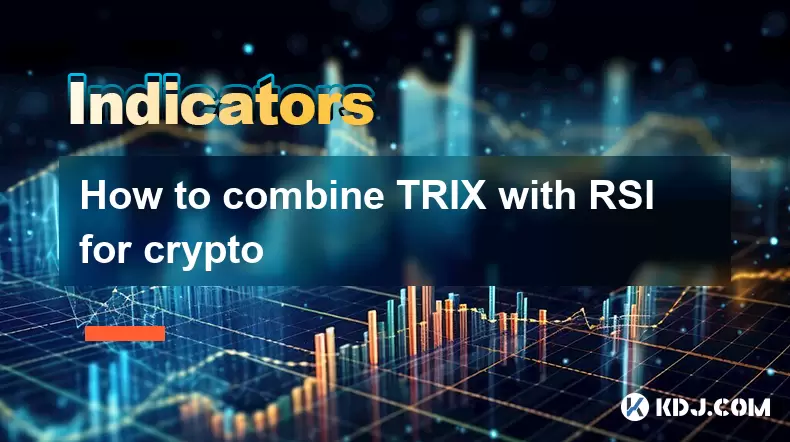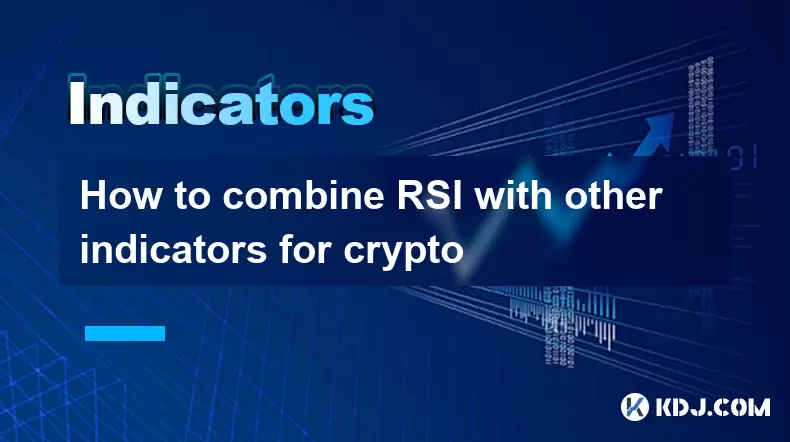-
 Bitcoin
Bitcoin $122,073.8475
3.61% -
 Ethereum
Ethereum $3,073.2823
4.14% -
 XRP
XRP $2.9894
7.25% -
 Tether USDt
Tether USDt $1.0000
-0.03% -
 BNB
BNB $703.4664
1.92% -
 Solana
Solana $167.3788
3.42% -
 USDC
USDC $0.9998
-0.01% -
 Dogecoin
Dogecoin $0.2073
5.10% -
 TRON
TRON $0.3022
0.10% -
 Cardano
Cardano $0.7550
3.34% -
 Hyperliquid
Hyperliquid $48.6208
1.34% -
 Stellar
Stellar $0.4636
8.25% -
 Sui
Sui $3.9823
16.03% -
 Chainlink
Chainlink $16.2336
5.75% -
 Hedera
Hedera $0.2450
6.76% -
 Bitcoin Cash
Bitcoin Cash $516.7712
2.70% -
 Avalanche
Avalanche $21.8700
3.18% -
 UNUS SED LEO
UNUS SED LEO $9.0253
-0.08% -
 Shiba Inu
Shiba Inu $0.0...01385
5.42% -
 Toncoin
Toncoin $3.0240
0.80% -
 Litecoin
Litecoin $97.7055
3.39% -
 Polkadot
Polkadot $4.1356
4.42% -
 Monero
Monero $351.1108
4.78% -
 Uniswap
Uniswap $9.3536
11.12% -
 Dai
Dai $0.9998
-0.01% -
 Ethena USDe
Ethena USDe $1.0005
0.01% -
 Pepe
Pepe $0.0...01264
4.17% -
 Bitget Token
Bitget Token $4.5002
3.13% -
 Aave
Aave $330.6527
9.15% -
 Bittensor
Bittensor $420.6946
7.83%
How to combine TRIX with RSI for crypto
Combining TRIX and RSI in crypto trading improves signal accuracy by filtering noise and confirming momentum for better entry and exit points.
Jul 13, 2025 at 01:57 pm

Understanding TRIX and RSI in Cryptocurrency Trading
In the volatile world of cryptocurrency trading, technical indicators play a crucial role in helping traders make informed decisions. Two of the most effective tools used by experienced traders are the TRIX (Triple Exponential Average) and the Relative Strength Index (RSI). When used together, these indicators can provide deeper insights into market conditions, offering potential entry and exit signals.
TRIX is a momentum oscillator that filters out noise from price data by applying triple exponential smoothing to a moving average. This allows traders to identify trend direction and momentum with reduced lag. On the other hand, RSI measures the speed and change of price movements to determine overbought or oversold conditions.
Combining TRIX with RSI can enhance signal accuracy and reduce false alarms, especially in highly volatile crypto markets.
How TRIX Works in Crypto Markets
To effectively use TRIX, traders must understand how it calculates values. The indicator starts with a 14-period EMA (Exponential Moving Average), then applies two more EMAs to smooth out the data further. The final result is the rate of change of this smoothed line, which forms the TRIX line.
A signal line, typically a 9-period EMA of the TRIX line, is also plotted alongside. Crossovers between the TRIX line and the signal line can indicate potential buy or sell opportunities.
- A bullish crossover occurs when the TRIX line crosses above the signal line.
- A bearish crossover happens when the TRIX line dips below the signal line.
In cryptocurrency trading, where prices often experience rapid swings, TRIX helps filter out short-term noise, providing clearer trend signals.
The Role of RSI in Confirming Momentum
The Relative Strength Index (RSI) is another powerful tool for gauging momentum in the crypto market. It oscillates between 0 and 100, with levels above 70 generally considered overbought, and levels below 30 seen as oversold.
However, in strong trending markets, RSI can remain in overbought or oversold territory for extended periods. Therefore, using it alone may lead to premature trades.
- Divergence between RSI and price action can signal potential reversals.
- Midline crossovers (50 level) help confirm whether the market is bullish or bearish.
When combined with TRIX, RSI becomes a confirming factor that enhances the reliability of trade setups generated by TRIX signals.
Steps to Combine TRIX and RSI Effectively
To combine TRIX and RSI successfully in crypto trading, follow these steps:
- Add both indicators to your chart: Most modern trading platforms like Binance, TradingView, or KuCoin allow adding both TRIX and RSI simultaneously.
- Set standard parameters: Use a 14-period setting for both indicators unless you're backtesting different configurations.
- Watch for TRIX crossovers: Wait for the TRIX line to cross its signal line either upwards or downwards.
- Confirm with RSI:
- For a buy signal, ensure RSI is rising or has just crossed above 50.
- For a sell signal, check if RSI is falling or has dropped below 50.
- Look for divergence: If TRIX is making higher highs while RSI is making lower highs, it might indicate weakening momentum.
This dual confirmation system ensures that trades are not based on isolated signals but rather on confluence between momentum and trend strength.
Practical Example: Applying TRIX and RSI on BTC/USDT Chart
Let’s consider a practical example using the BTC/USDT pair on a 4-hour chart:
- Suppose the TRIX line crosses above the signal line, indicating a potential uptrend.
- At the same time, the RSI is at 52 and rising, confirming positive momentum.
- This confluence suggests a buy opportunity with a stop loss placed just below the recent swing low.
- Conversely, if the TRIX line crosses below the signal line and RSI drops below 50, it could signal a sell.
Additionally, during sideways or ranging markets, both indicators may give conflicting signals. In such cases, it's advisable to wait for stronger confirmation or switch to alternative strategies.
Common Mistakes to Avoid When Using TRIX and RSI Together
While combining TRIX and RSI can improve trading accuracy, several pitfalls should be avoided:
- Over-reliance on indicator readings without context: Always assess broader market conditions before acting on signals.
- Using default settings blindly: Adjust the period settings based on the asset’s volatility and timeframe being traded.
- Ignoring divergences: Failing to notice divergence between the two indicators and price action can lead to missed reversal opportunities.
- Trading every signal: Not every crossover or RSI movement warrants a trade; patience and selectivity are key.
By avoiding these mistakes, traders can better utilize the strengths of both TRIX and RSI in real-world crypto trading scenarios.
Frequently Asked Questions
Q: Can TRIX and RSI be used on all types of cryptocurrencies?
Yes, TRIX and RSI can be applied to any tradable cryptocurrency, including major ones like Bitcoin, Ethereum, and altcoins. However, their effectiveness may vary depending on the asset's liquidity and volatility.
Q: What timeframes work best with TRIX and RSI in crypto trading?
Both indicators perform well on intraday charts (like 1-hour or 4-hour), daily charts, and even weekly charts. Shorter timeframes may generate more signals, while longer timeframes offer more reliable but fewer setups.
Q: Is it necessary to use both TRIX and RSI together, or can they be used separately?
They can be used separately, but combining them improves the quality of signals. Using both adds a layer of confirmation that can help filter out false moves, especially in erratic crypto markets.
Q: How do I adjust TRIX and RSI settings for different cryptocurrencies?
Start with the default 14-period setting, then test variations using historical data. More volatile coins might benefit from shorter periods (e.g., 9 or 10), while stablecoins or larger caps may suit longer periods (e.g., 20 or 21).
Disclaimer:info@kdj.com
The information provided is not trading advice. kdj.com does not assume any responsibility for any investments made based on the information provided in this article. Cryptocurrencies are highly volatile and it is highly recommended that you invest with caution after thorough research!
If you believe that the content used on this website infringes your copyright, please contact us immediately (info@kdj.com) and we will delete it promptly.
- Meme Coin Mania: Your Step-by-Step Guide to Viral Success in 2025
- 2025-07-14 18:00:36
- UK Treasury Watch: Bitcoin Surge Lifts Companies Amidst Crypto Optimism
- 2025-07-14 16:30:12
- Crypto Investment Beyond XRP: Unearthing High-Potential Substitutes
- 2025-07-14 18:10:12
- Satoshi Nakamoto: Bitcoin's Billionaire Mystery – Richest Person?
- 2025-07-14 16:50:12
- Solana, Little Pepe, Meme Coin Mania: What's the Hype?
- 2025-07-14 18:00:36
- Bitcoin Privacy, Cryptocurrency, and Cake Wallet: A New Yorker's Take
- 2025-07-14 18:10:12
Related knowledge

Advanced RSI strategies for crypto
Jul 13,2025 at 11:01am
Understanding the Basics of RSI in Cryptocurrency TradingThe Relative Strength Index (RSI) is a momentum oscillator used to measure the speed and chan...

Crypto RSI for day trading
Jul 12,2025 at 11:14am
Understanding RSI in the Context of Cryptocurrency TradingThe Relative Strength Index (RSI) is a momentum oscillator used to measure the speed and cha...

Crypto RSI for scalping
Jul 12,2025 at 11:00pm
Understanding RSI in the Context of Crypto TradingThe Relative Strength Index (RSI) is a momentum oscillator widely used by traders to measure the spe...

What does an RSI of 70 mean in crypto
Jul 13,2025 at 06:07pm
Understanding the RSI Indicator in Cryptocurrency TradingThe Relative Strength Index (RSI) is a widely used technical analysis tool that helps traders...

How to avoid RSI false signals in crypto
Jul 13,2025 at 06:21pm
Understanding RSI and Its Role in Crypto TradingThe Relative Strength Index (RSI) is a momentum oscillator used to measure the speed and change of pri...

How to combine RSI with other indicators for crypto
Jul 12,2025 at 08:35am
Understanding the Role of RSI in Crypto TradingThe Relative Strength Index (RSI) is a momentum oscillator that measures the speed and change of price ...

Advanced RSI strategies for crypto
Jul 13,2025 at 11:01am
Understanding the Basics of RSI in Cryptocurrency TradingThe Relative Strength Index (RSI) is a momentum oscillator used to measure the speed and chan...

Crypto RSI for day trading
Jul 12,2025 at 11:14am
Understanding RSI in the Context of Cryptocurrency TradingThe Relative Strength Index (RSI) is a momentum oscillator used to measure the speed and cha...

Crypto RSI for scalping
Jul 12,2025 at 11:00pm
Understanding RSI in the Context of Crypto TradingThe Relative Strength Index (RSI) is a momentum oscillator widely used by traders to measure the spe...

What does an RSI of 70 mean in crypto
Jul 13,2025 at 06:07pm
Understanding the RSI Indicator in Cryptocurrency TradingThe Relative Strength Index (RSI) is a widely used technical analysis tool that helps traders...

How to avoid RSI false signals in crypto
Jul 13,2025 at 06:21pm
Understanding RSI and Its Role in Crypto TradingThe Relative Strength Index (RSI) is a momentum oscillator used to measure the speed and change of pri...

How to combine RSI with other indicators for crypto
Jul 12,2025 at 08:35am
Understanding the Role of RSI in Crypto TradingThe Relative Strength Index (RSI) is a momentum oscillator that measures the speed and change of price ...
See all articles

























































































